In order for the historic Dien Bien Phu campaign to achieve complete victory, preparing forces and depleting enemy forces on the battlefields was considered a particularly important "warm-up step".
 Artillery entering the front (image displayed at the Dien Bien Phu Historical Victory Museum).
Artillery entering the front (image displayed at the Dien Bien Phu Historical Victory Museum).
In the Vietnamese military art, guerrilla warfare holds an important position. This was clearly demonstrated in the resistance war against the French colonialists. The Central Conference in January 1948 set out the operational motto: "Guerrilla warfare is the main task, mobile warfare is the support". By January 1950, the Third National Conference of the Party determined that "developing guerrilla warfare to the extreme is still the main task at this time, but at the same time, we must focus on real mobile warfare". And reality has proven that when the war enters the decisive stage of victory or defeat, then the role of conventional warfare becomes even more important.
It is said that without regular warfare, guerrilla warfare itself cannot be maintained and developed. Only with regular warfare can we carry out the strategic task of destroying the enemy, liberating land and protecting important rear areas. Based on that requirement, our Party resolutely and promptly switched from guerrilla warfare to mobile warfare. Concentrated battalions and main regiments coordinated with guerrilla forces to launch operations, including small-scale campaigns, attacking small bases and small enemy combat teams. After nearly 4 years (from 1947 to 1950) of launching guerrilla warfare and practicing concentrated fighting, we created new strength, rising in all aspects. In particular, we created an interlaced, interlocking warfare to encircle, disperse and pin the enemy on the battlefields. At the same time, we built and developed 3 types of forces; Organize strong regiments and divisions to launch larger-scale campaigns. By the first half of 1950, we had built 2 divisions 308, 304 and 14 main regiments. In early 1951, most of the main regiments in the North were concentrated on building 3 infantry divisions 312, 320, 316 and the engineer-artillery division 351. This was an extremely important "capital" to ensure the victory of the Dien Bien Phu campaign later.
Along with building the main force as the "backbone", launching attacks to wear down the enemy and test the combat skills of the main force was carried out on many fronts. In September 1950, we launched an attack on the enemy at the Vietnam - China border, the main attack was on the Dong Khe stronghold (25km from Cao Bang town). For the first time, the General Command concentrated 1 division and 2 main regiments, directly commanding a concentrated attack on an important strategic direction, destroying 2 elite Euro-African troops of the French army, liberating the land and opening the Vietnam - China border. This is considered a typical campaign that was most successful in terms of mobile combat and high campaign efficiency, an excellent campaign of destruction, marking a leap forward in the level of concentrated combat of our main force.
Nearly a year later, the French colonialists, with active aid from the US, made great efforts to restore and consolidate their forces. On November 18, 1951, they concentrated a large force to attack and capture Hoa Binh town and Highway 6, aiming to regain the initiative they had lost in the main battlefield of the North. Seizing the opportunity when the enemy no longer had mobile forces in the rear, the Party Central Committee and the General Command decided to launch a strategic counterattack, concentrating 3 main divisions to attack the enemy in the main direction (Hoa Binh), encircling, destroying, and restraining the enemy. At the same time, using 2 divisions to infiltrate the enemy's rear together with local troops and people to step up guerrilla warfare, launching a general campaign to destroy the enemy and eliminate traitors in the midlands and deltas of the North. The Hoa Binh counterattack marked a milestone in the development of the art of command combining two basic methods of armed struggle: guerrilla warfare and regular warfare; coordinating main forces and local troops; coordinating battlefields; Coordinate the army with the people, making guerrilla warfare and regular warfare develop strongly together.
Promoting the strategic initiative on the main battlefield, we continuously launched two campaigns in the mountainous areas. The Northwest Campaign (October 1952 to December 1952) in Nghia Lo, Phu Yen, on the left bank of the Da River. The campaign liberated 250,000 people, opened a new base in the Northwest, connecting with Viet Bac, making the resistance base of the whole country stronger. The Upper Laos Campaign (April to June 1953), in which our army and the Pathet Lao army attacked the enemy in Sam Neua province. This was the first large-scale campaign of the armies of the two countries Vietnam and Laos. After nearly 1 month of fighting, especially during 7 days and nights of sweeping the enemy on the 270km long mountainous forest road, we and our friends won a great victory.
To facilitate the decisive strategic battle of Dien Bien Phu, our main units were assigned the task of launching strategic attacks on the battlefields, with 5 attacks: (1) In Lai Chau on December 10, 1953, our army began to attack the town and defeat the retreating enemy. After 15 days and nights of continuous fighting, we liberated the entire Lai Chau area, threatening Dien Bien Phu from the North. (2) In Central Laos, in late December 1953, the Vietnam People's Army coordinated with the Lao Liberation Army to launch an attack campaign in Xeno (Central Laos), destroying a part of the enemy's forces and attracting and dispersing their forces, creating conditions for other directions to attack and destroy the enemy. (3) In Upper Laos, in late January 1954, our army coordinated with the Lao Liberation Army to launch an attack campaign on the enemy's defense line in the Nam Hu River area. The enemy panicked and fled. Our army and the Lao Liberation Army continued to pursue the enemy to 15km from Luang Prabang. (4) In Inter-zone V, the enemy decided to launch the Atlan campaign with the aim of occupying our entire free zone. The majority of the main force focused on attacking in the main direction of Northeast Kon Tum, coordinating on Highway 19, liberating Kon Tum town, wiping out enemy troops in the Northern Central Highlands down to Highway 19... (5) In Upper Laos, in late January 1954, our army coordinated with the Lao Liberation Army to launch an attack campaign on the enemy's defense line in the Nam Hu River area.
Along with the above 5 strategic moves, the activities of our army and people in the enemy's rear areas continuously developed. This was an unprecedented large-scale and rhythmic coordination on the battlefield in Indochina, which bankrupted Nava's plot to concentrate mobile forces, forcing the enemy to disperse strategic forces everywhere to deal with us. This was also a necessary preparation for the historic confrontation at Dien Bien Phu. And then, in the last days of 1953 and early 1954, after many important initial victories, the Central Military Commission and the General Command decided to send a part of the remaining forces to carry out the Dien Bien Phu campaign according to the plan approved by the Politburo. On December 22, 1953, the 351st Division began its march. The 312th Division also left Yen Bai 2 days later. In early January 1954, the General Command decided to send the 57th Regiment, 304th Division to Dien Bien Phu. The 9th Regiment, 304th Division was kept in Phu Tho as a reserve force and to ensure the safety of the rear line of the front.
All preparations for the campaign were completed, just waiting for the decisive moment - March 13, 1954 - our army fired the first shot to attack the enemy, burying their hegemonic ambitions right in the Dien Bien Phu basin.
Article and photos: Tran Hang
(The article uses materials from the book "Vietnam Revolutionary War 1945-1975: Victory and Lessons").
Source


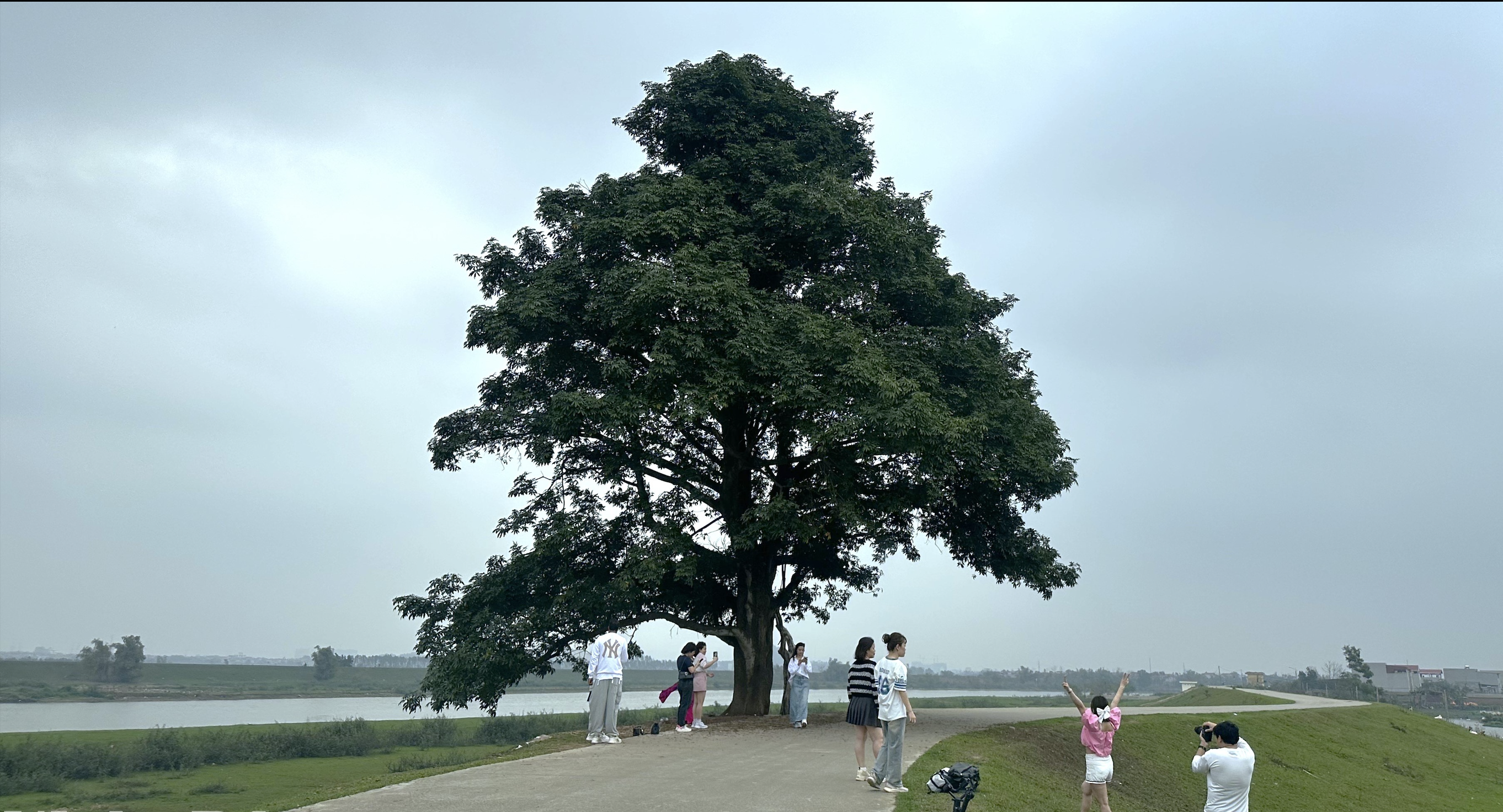
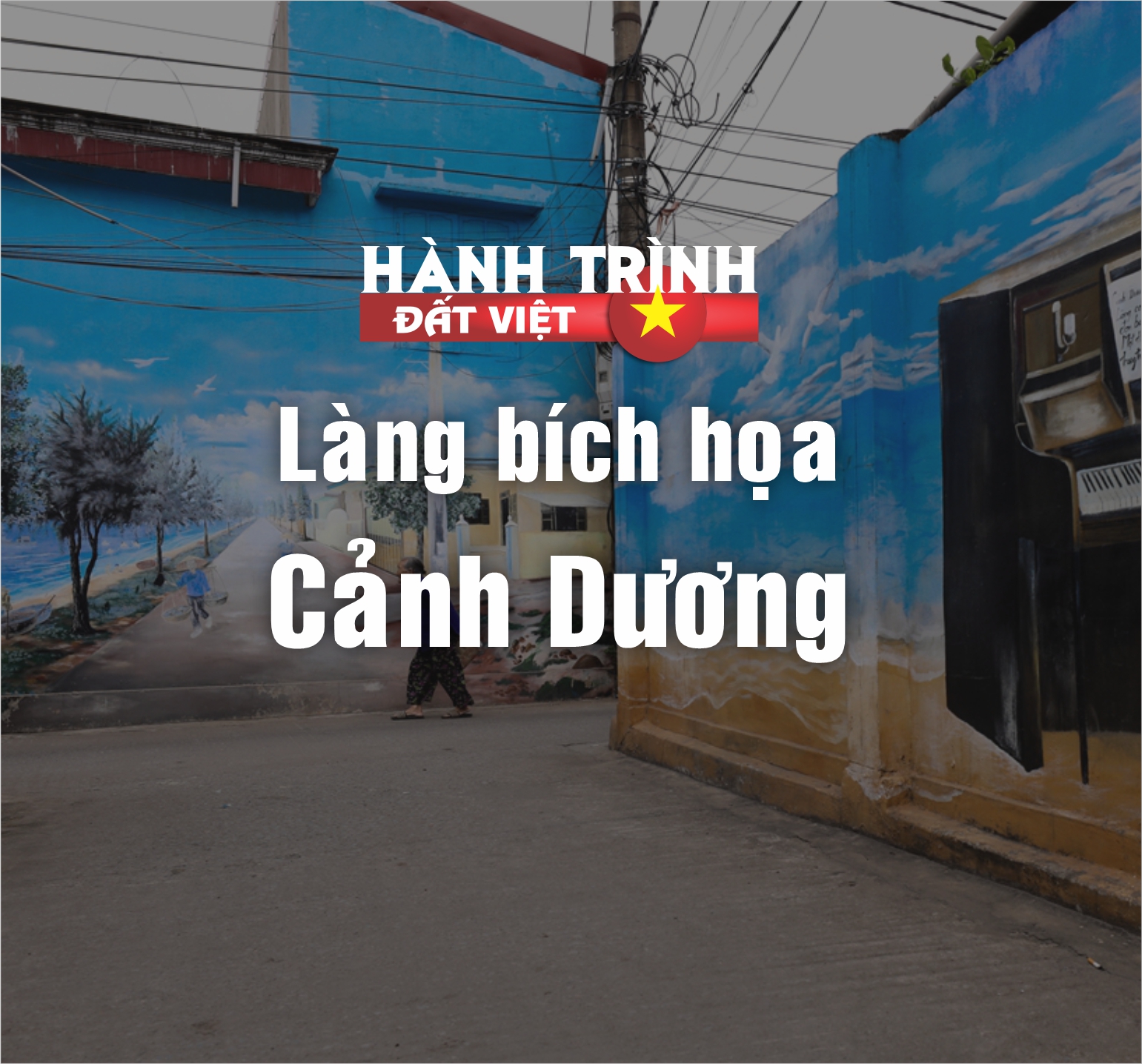
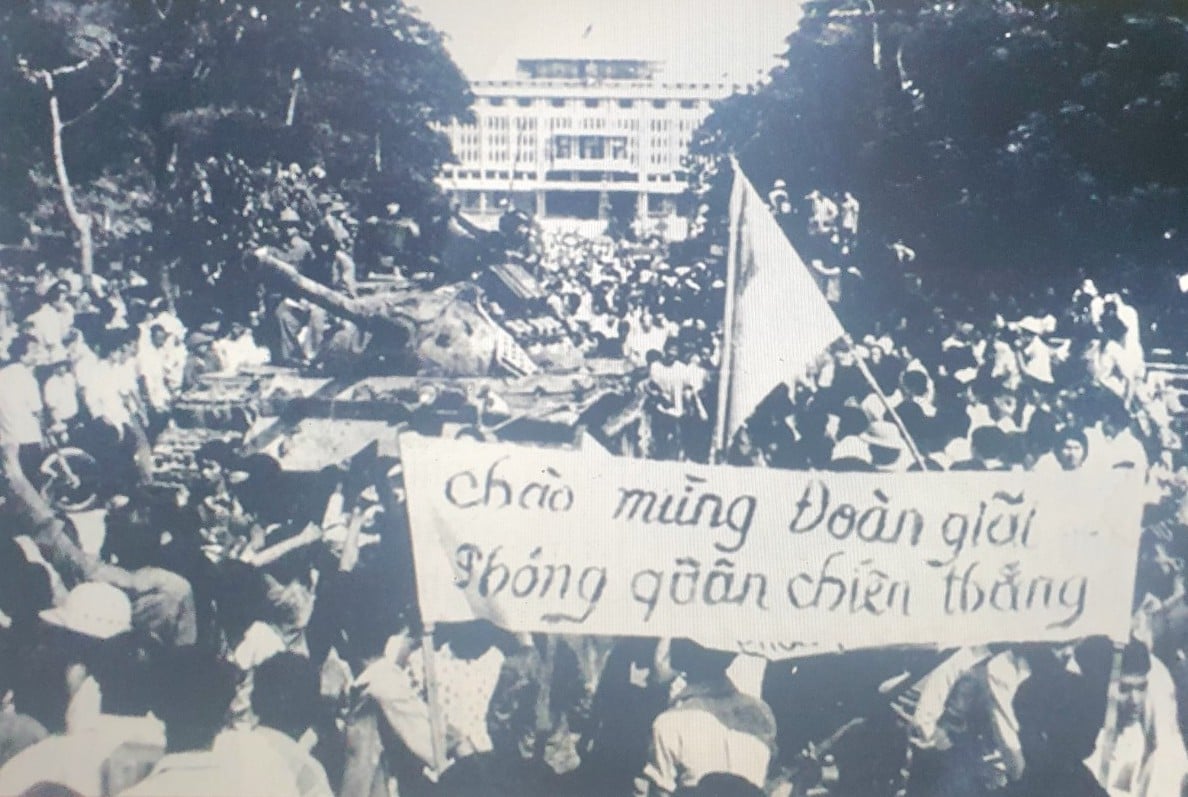

![[Photo] Prime Minister Pham Minh Chinh chairs meeting on US imposition of reciprocal tariffs on Vietnamese goods](https://vstatic.vietnam.vn/vietnam/resource/IMAGE/2025/4/5/9b45183755bb47828aa474c1f0e4f741)
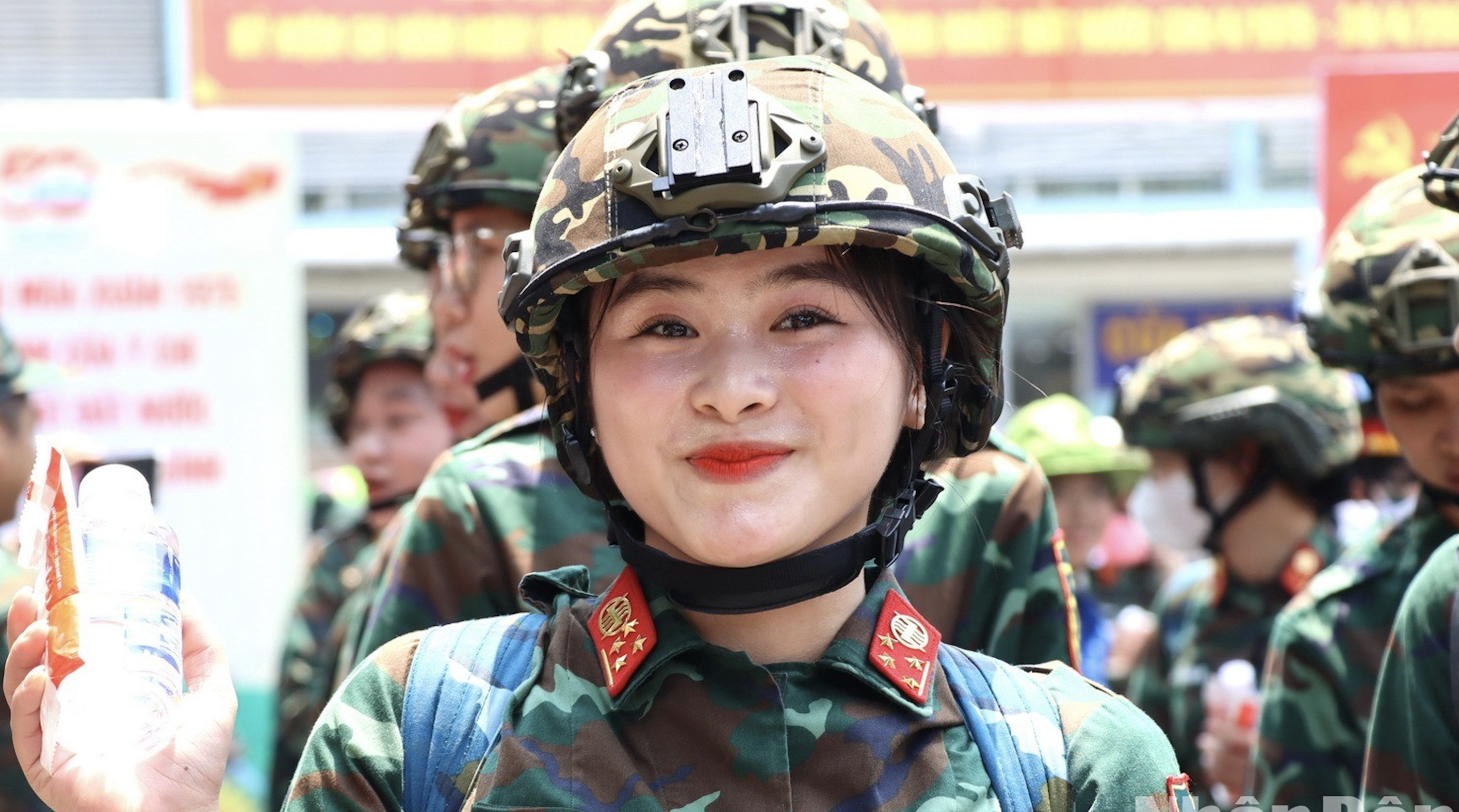

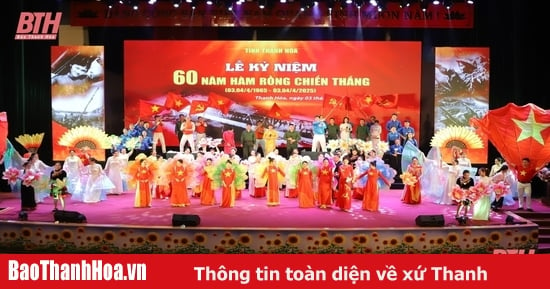
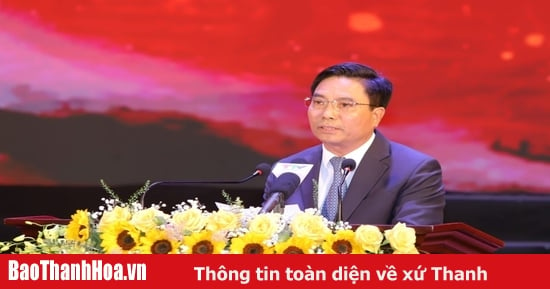
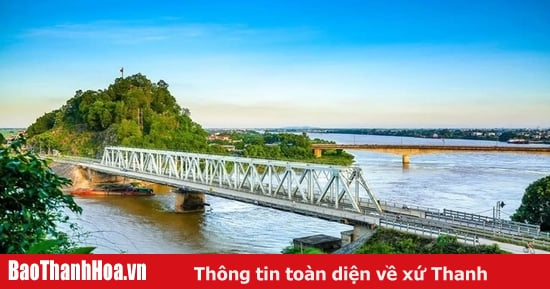

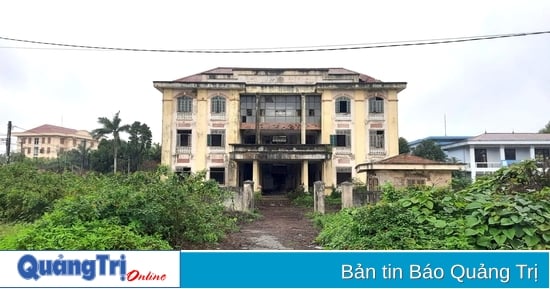


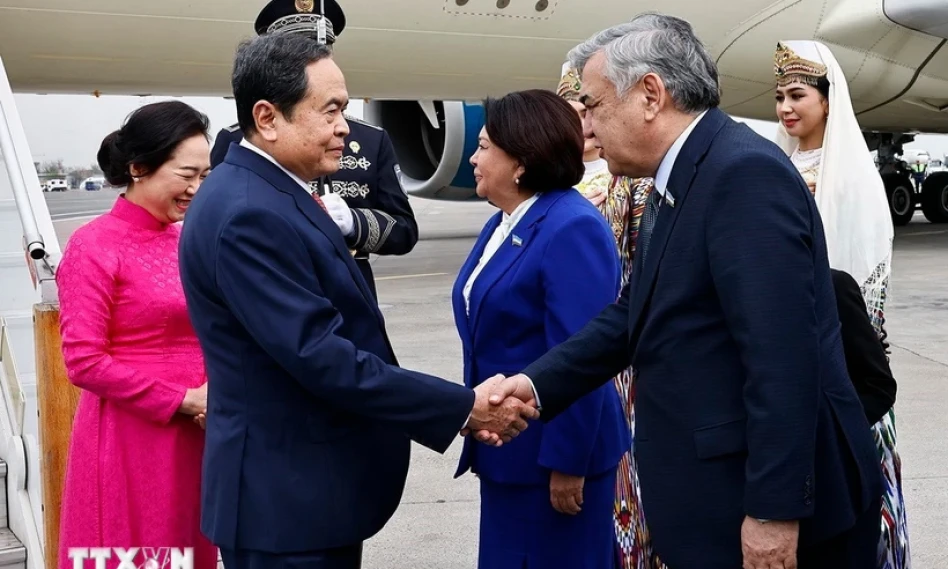
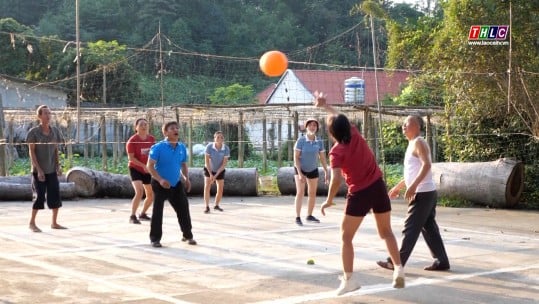
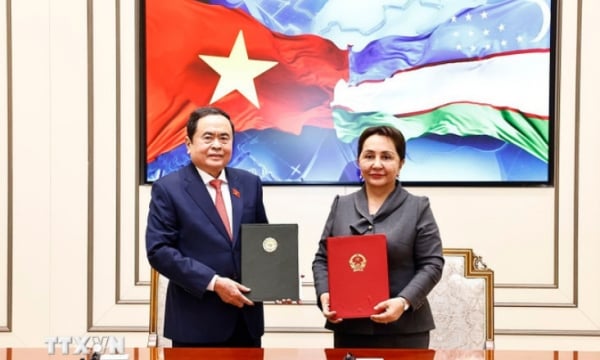
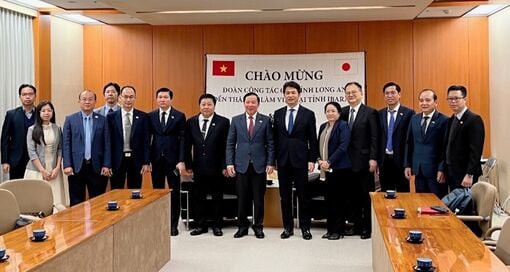
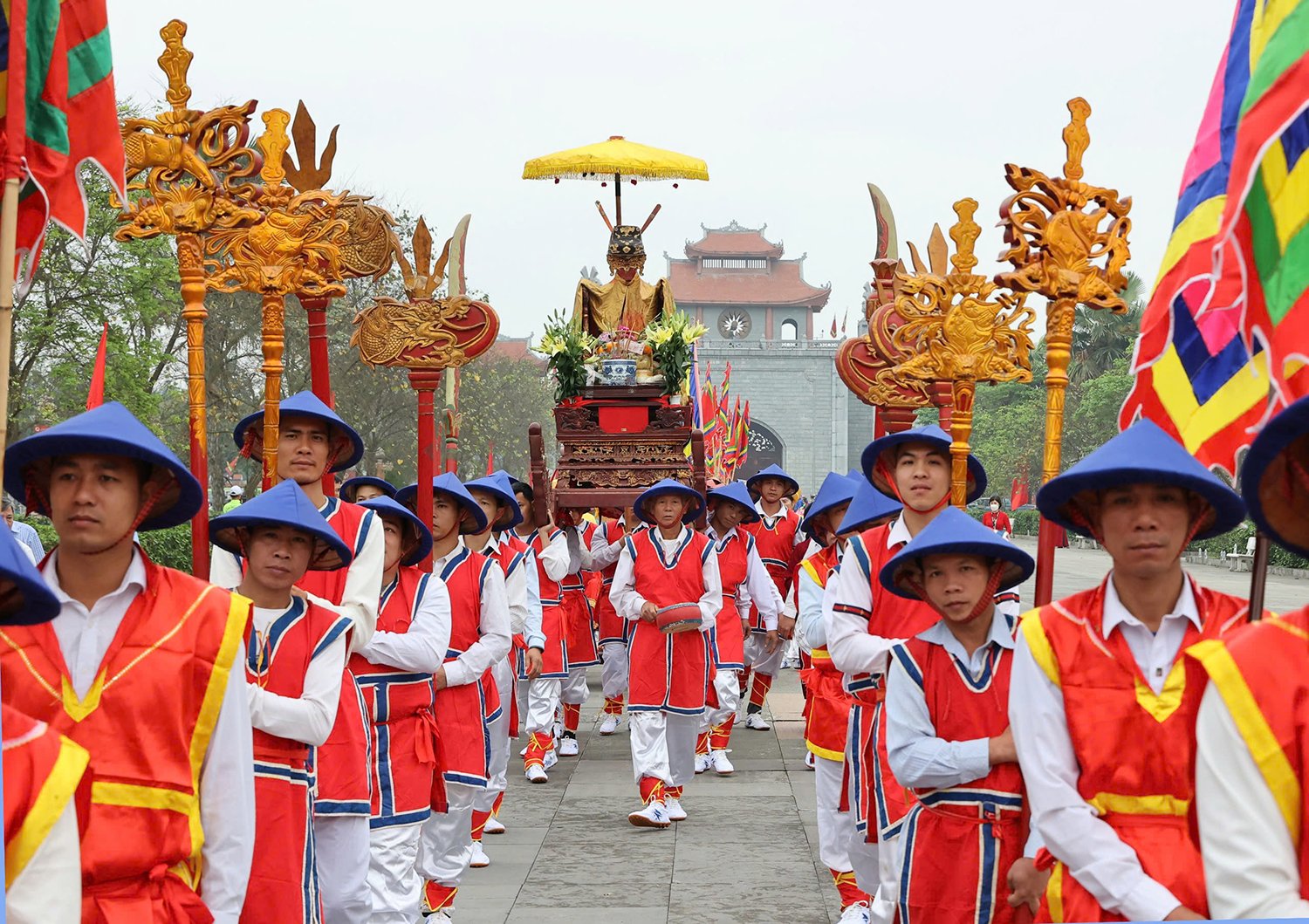
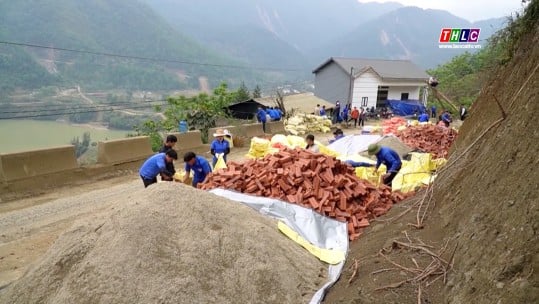

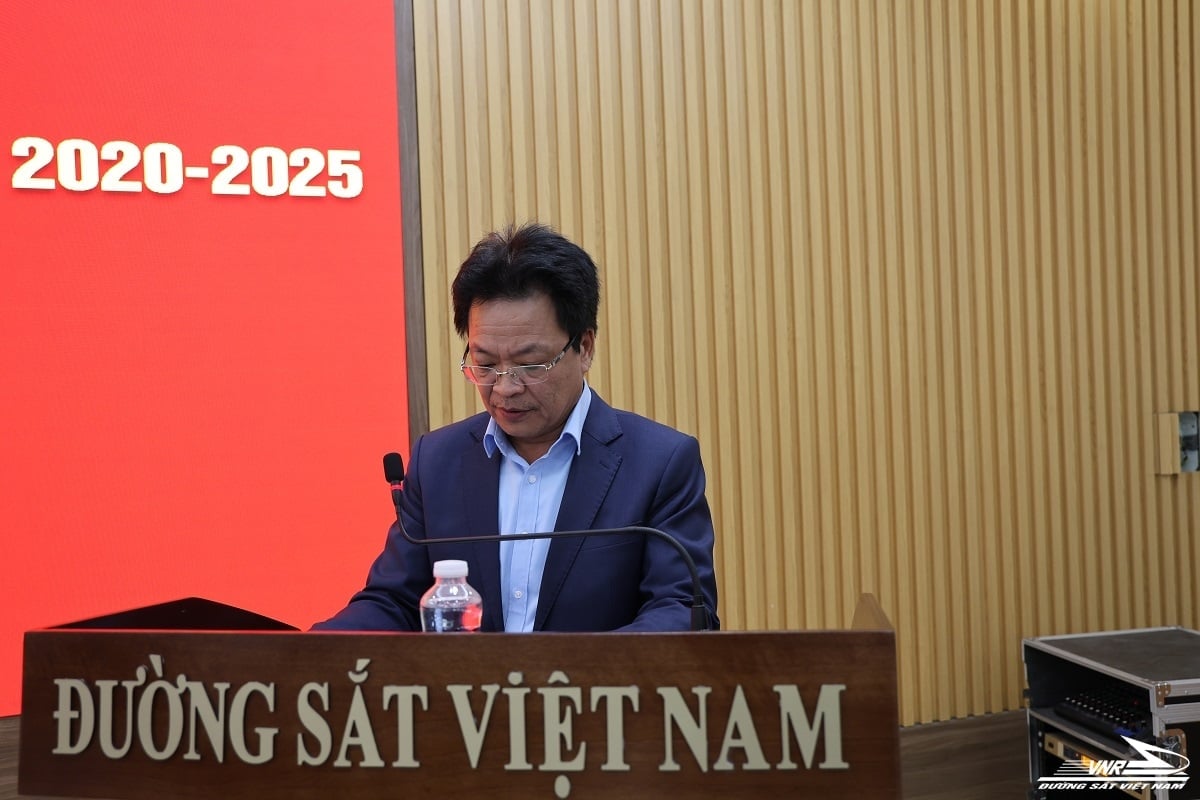

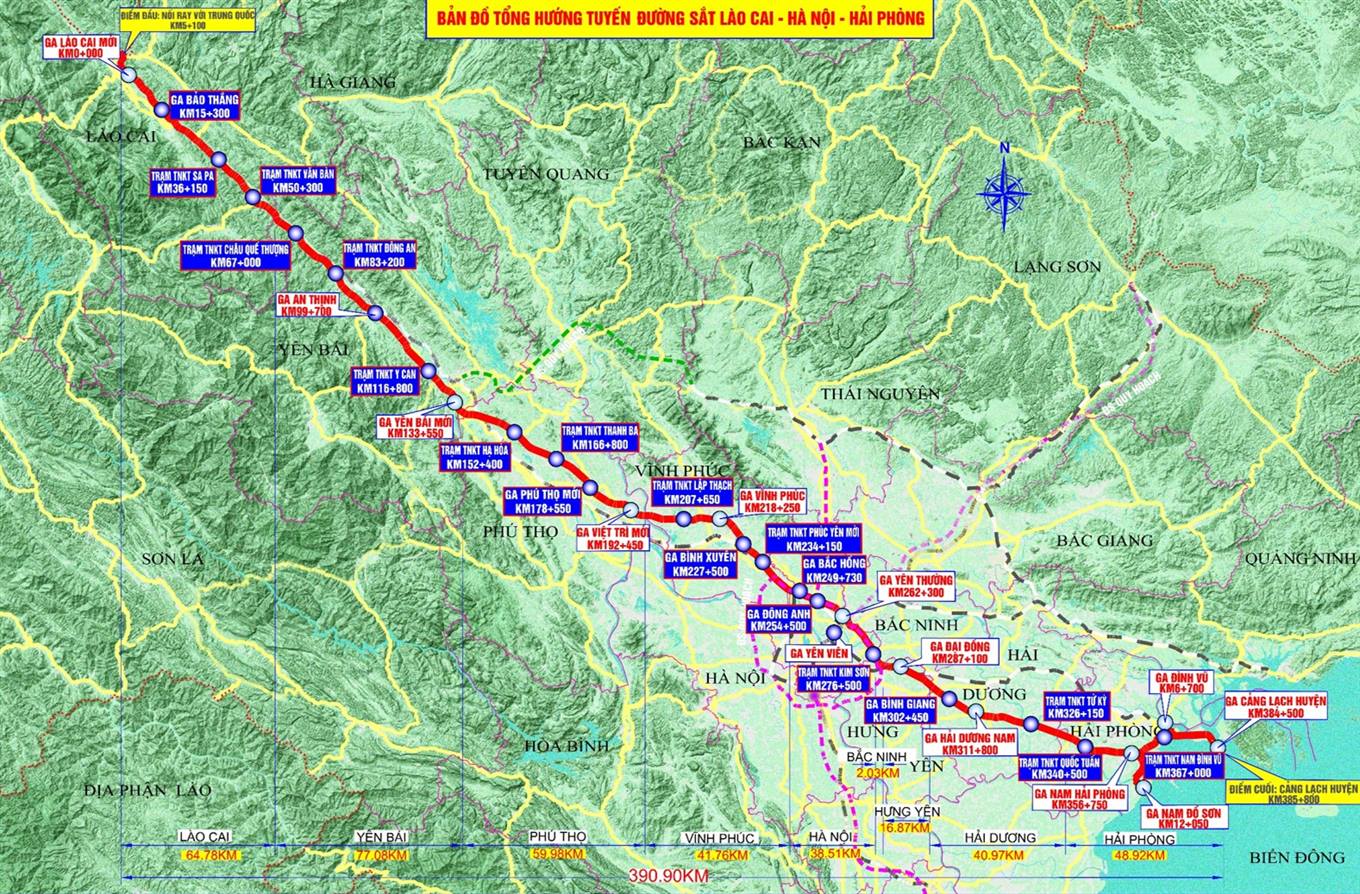
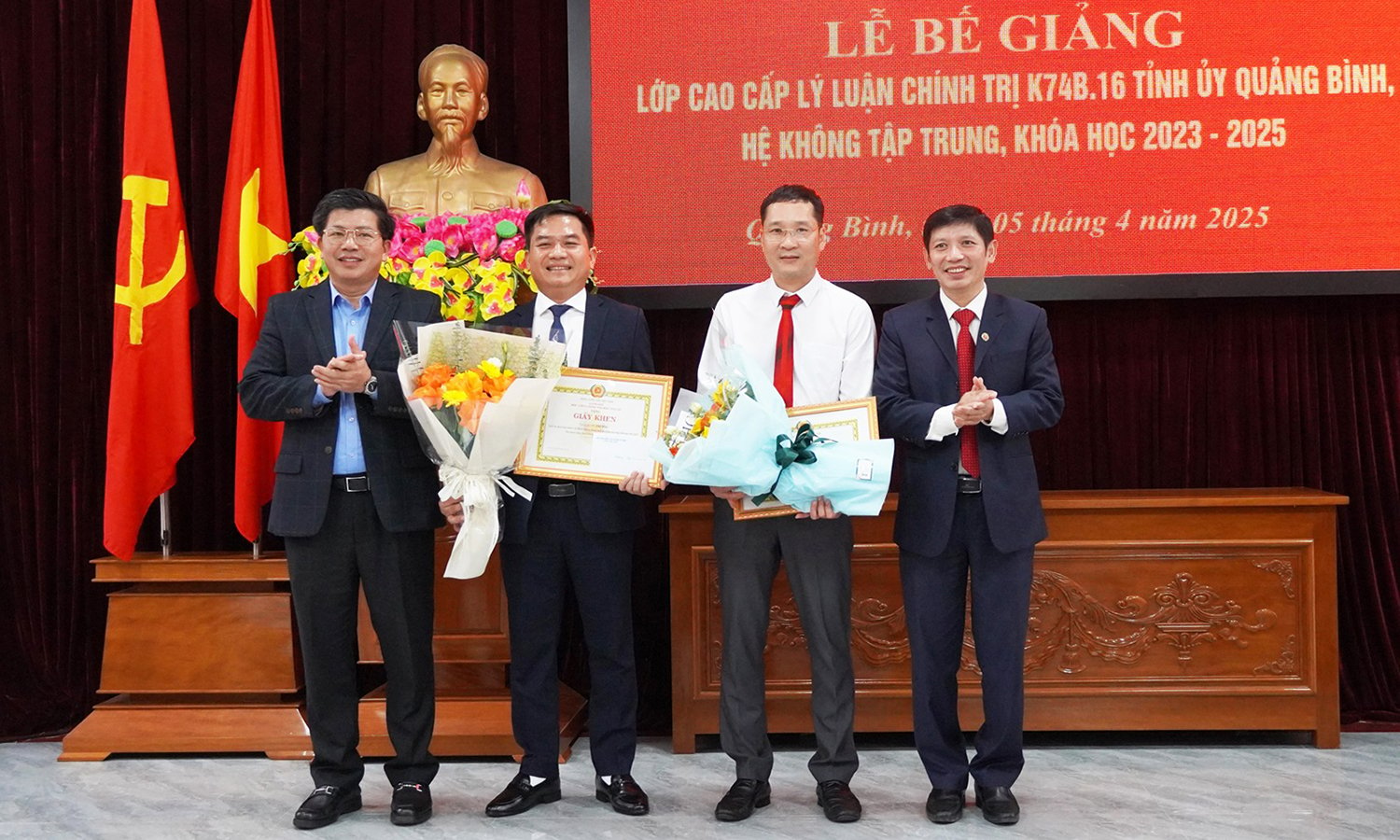
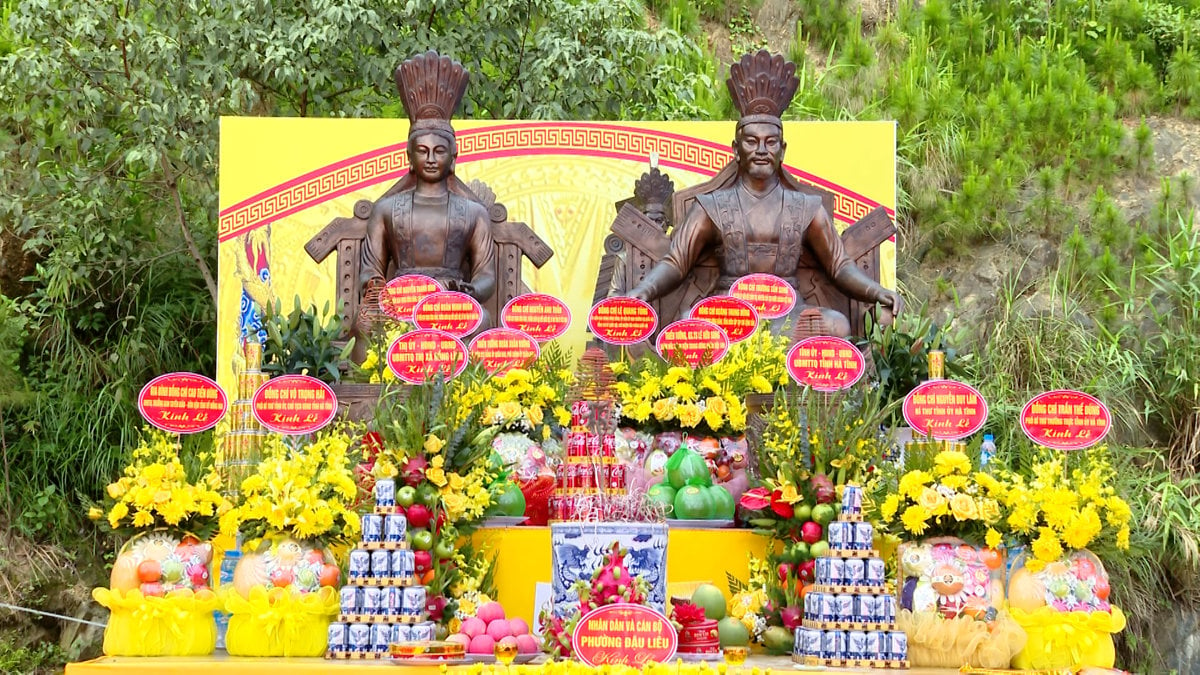
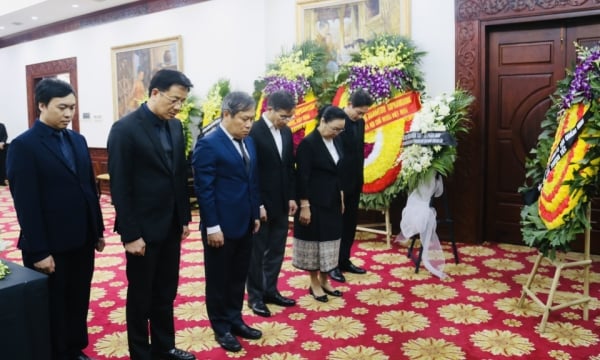
![[Photo] Dong Nai people warmly welcome the forces participating in the parade](https://vstatic.vietnam.vn/vietnam/resource/IMAGE/2025/4/5/ebec3a1598954e308282dcee7d38bda2)
![[Photo] Hanoi flies flags at half-mast in memory of comrade Khamtay Siphandone](https://vstatic.vietnam.vn/vietnam/resource/IMAGE/2025/4/5/b73c55d9c0ac4892b251453906ec48eb)
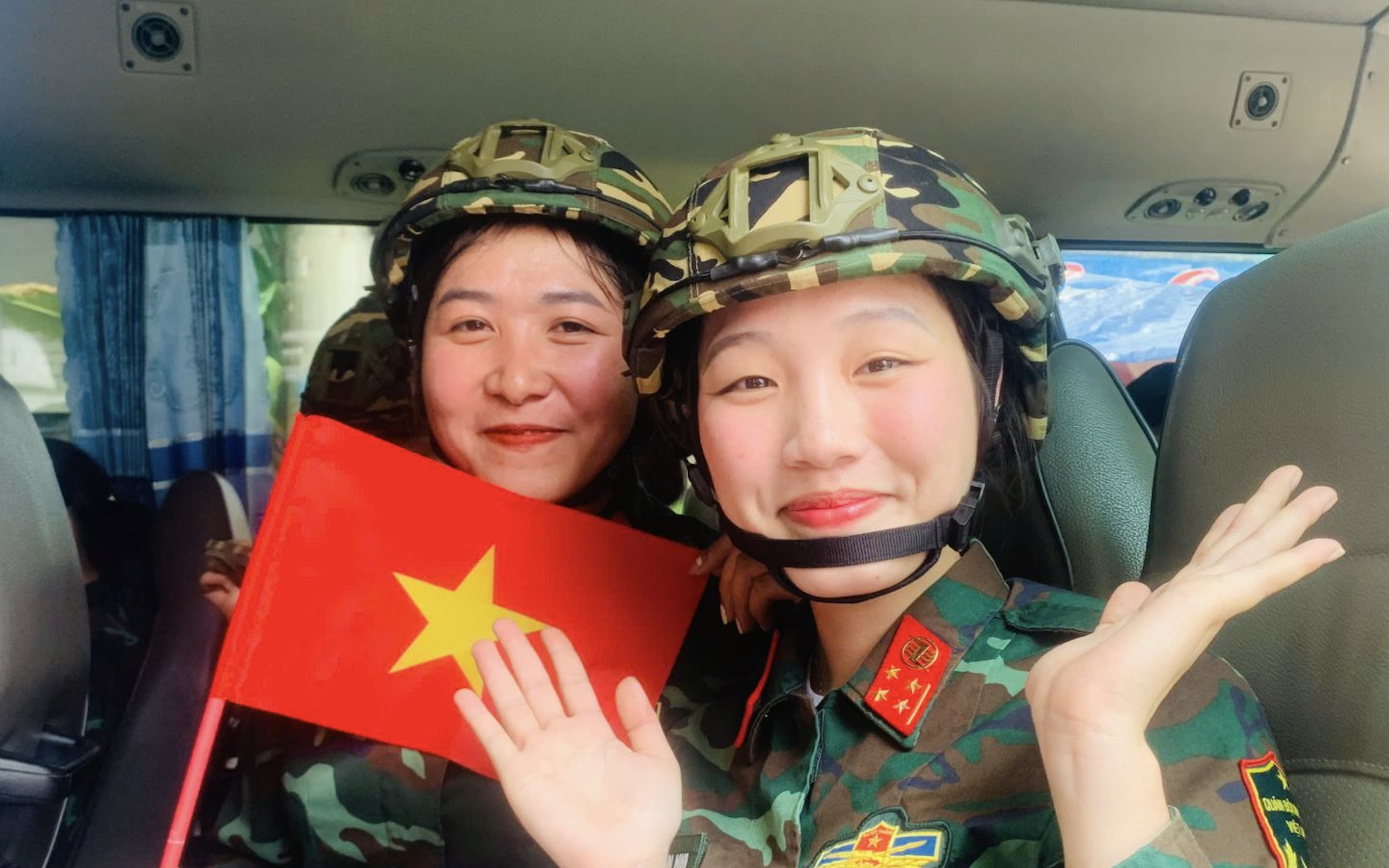


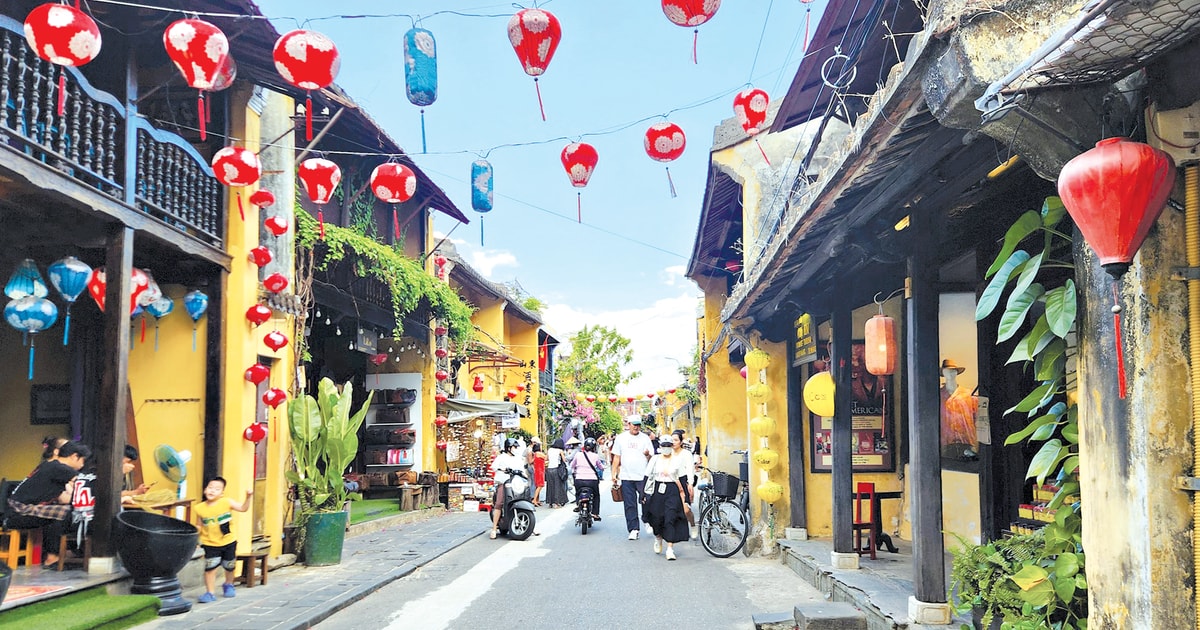

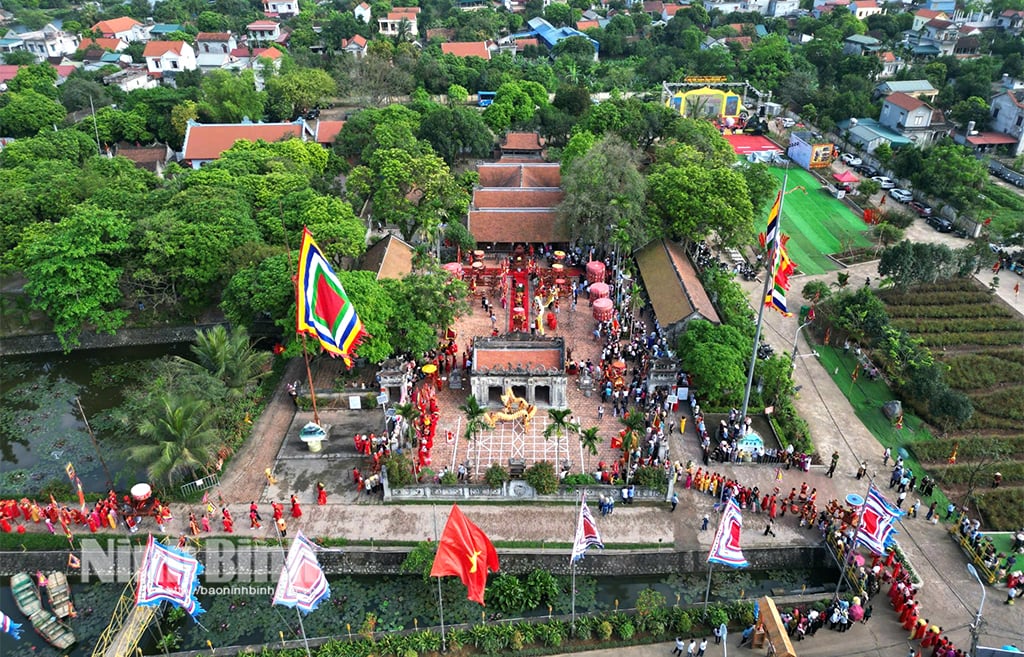



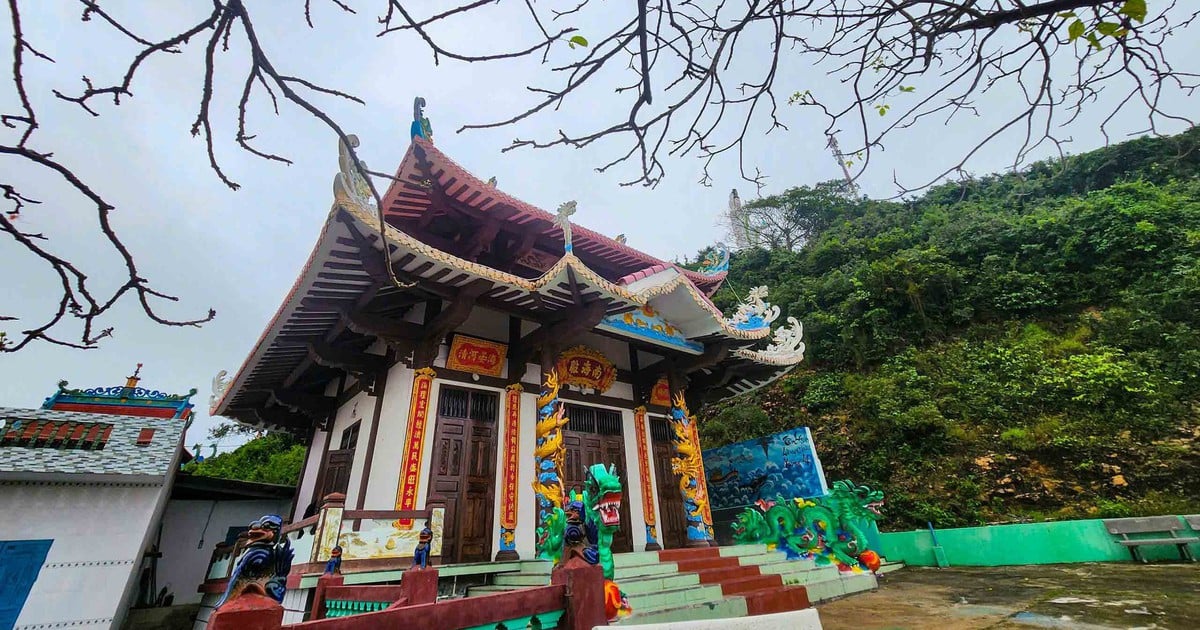

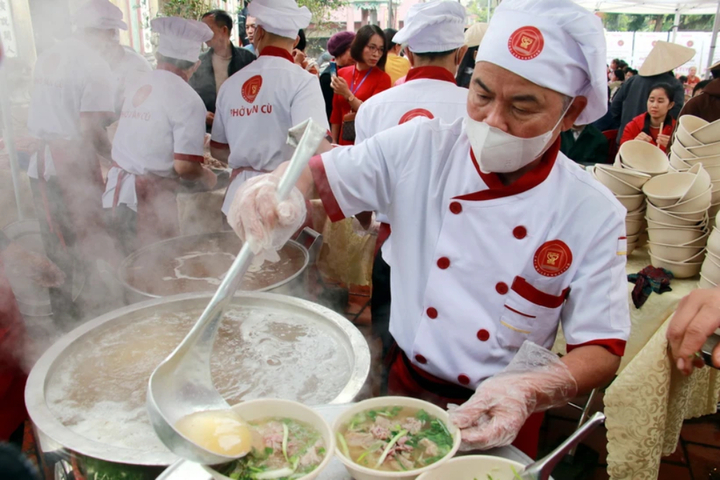

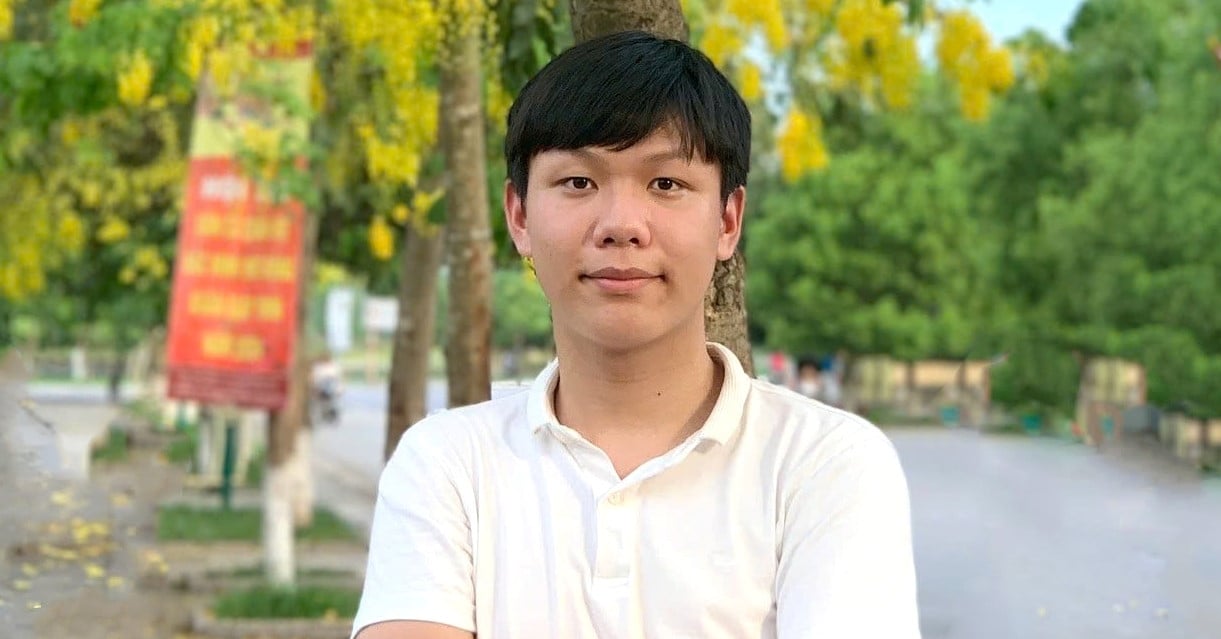

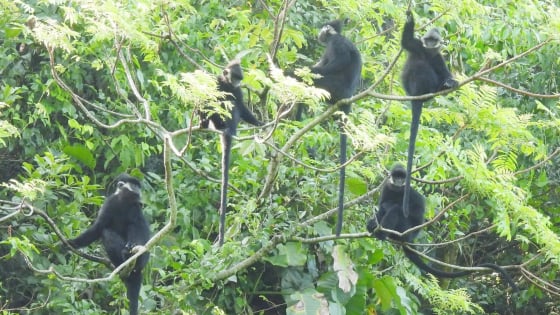

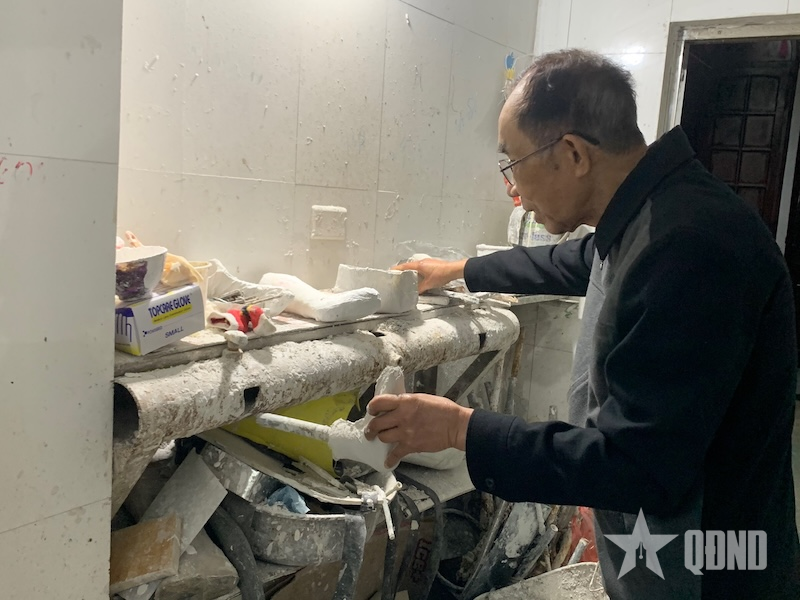

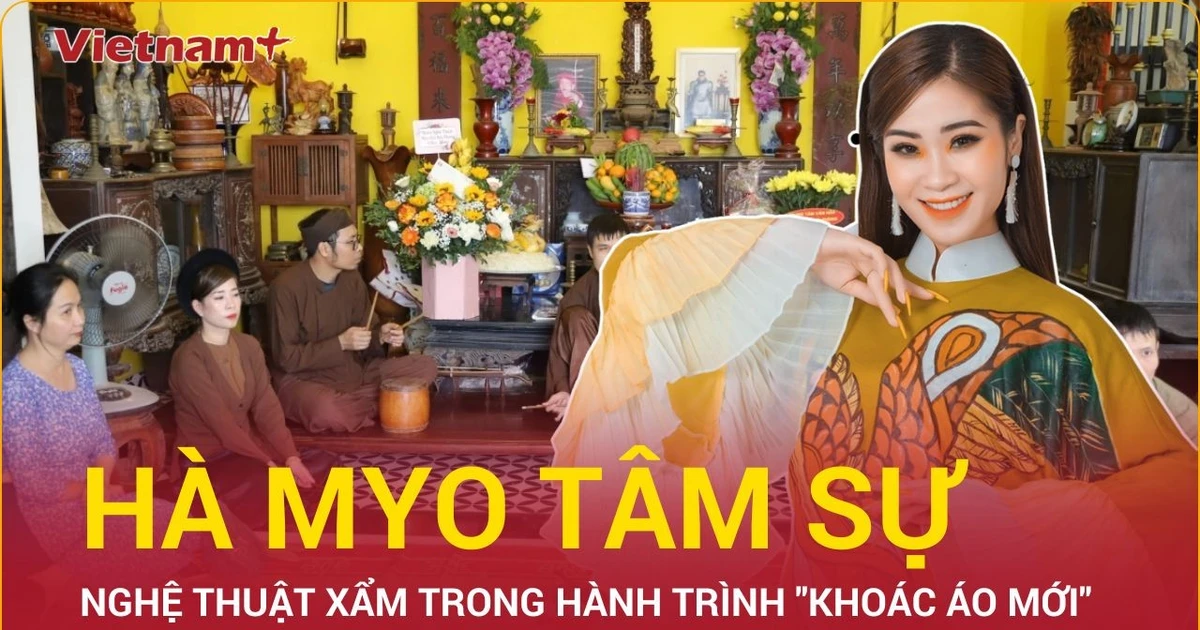

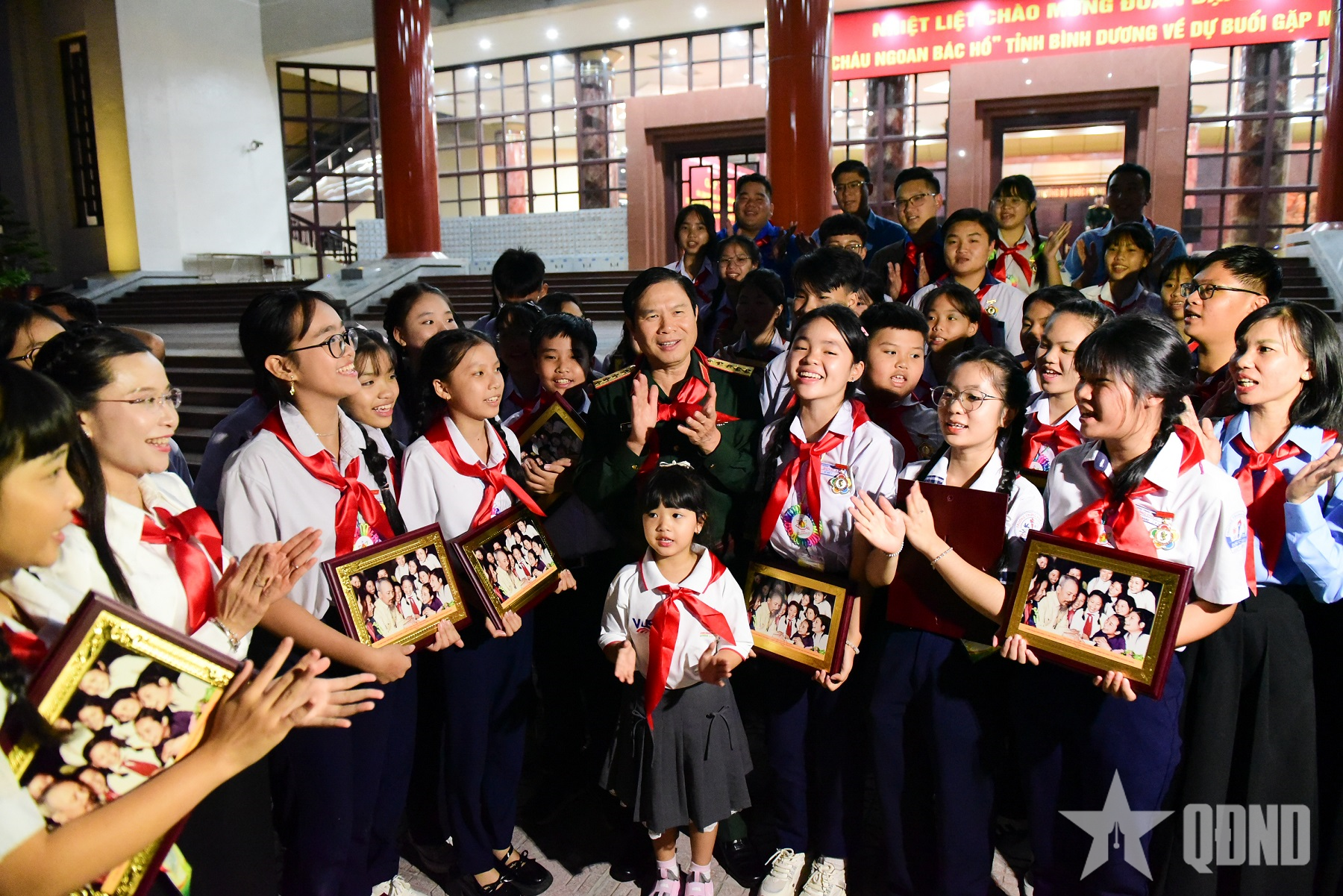

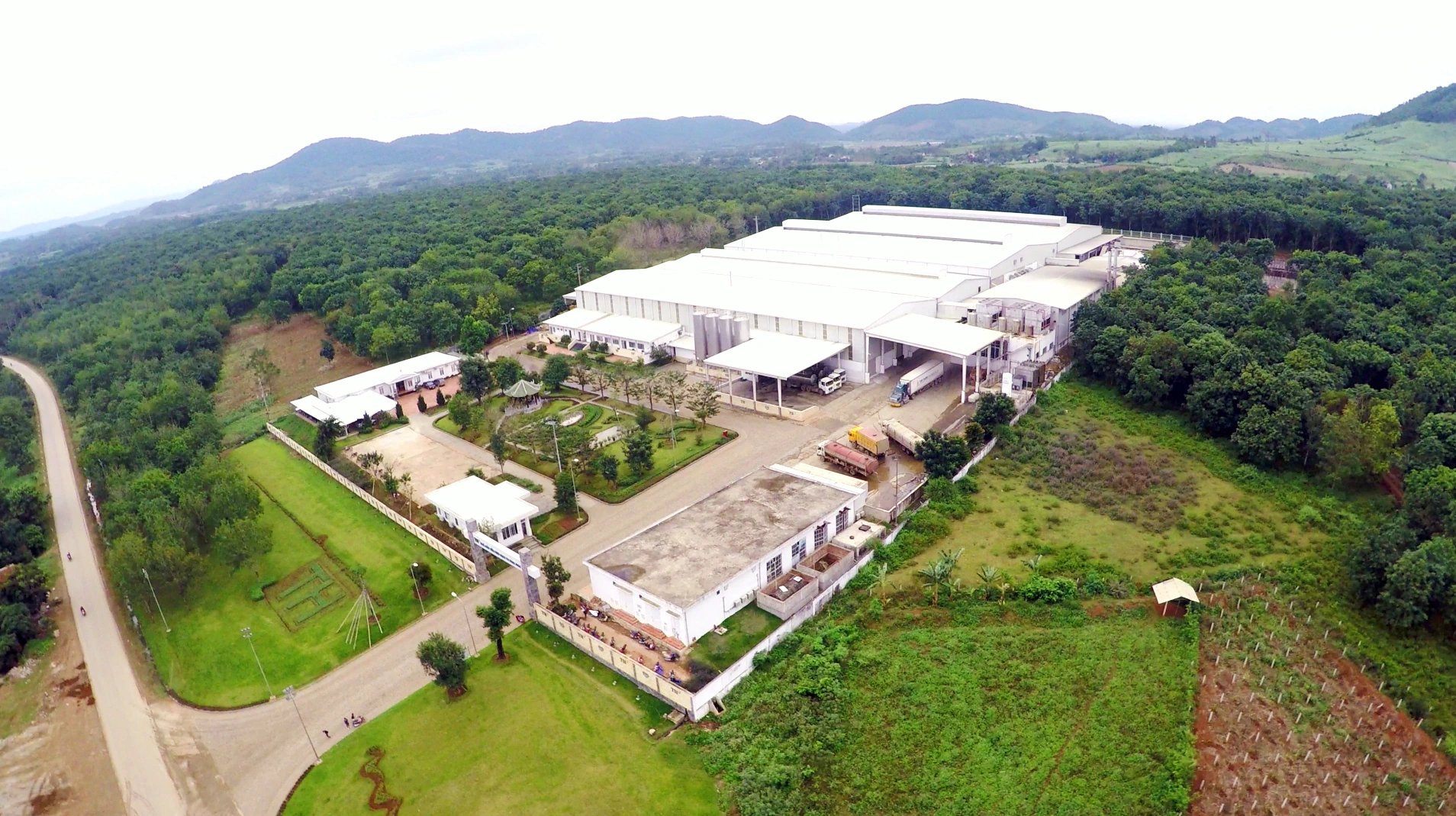




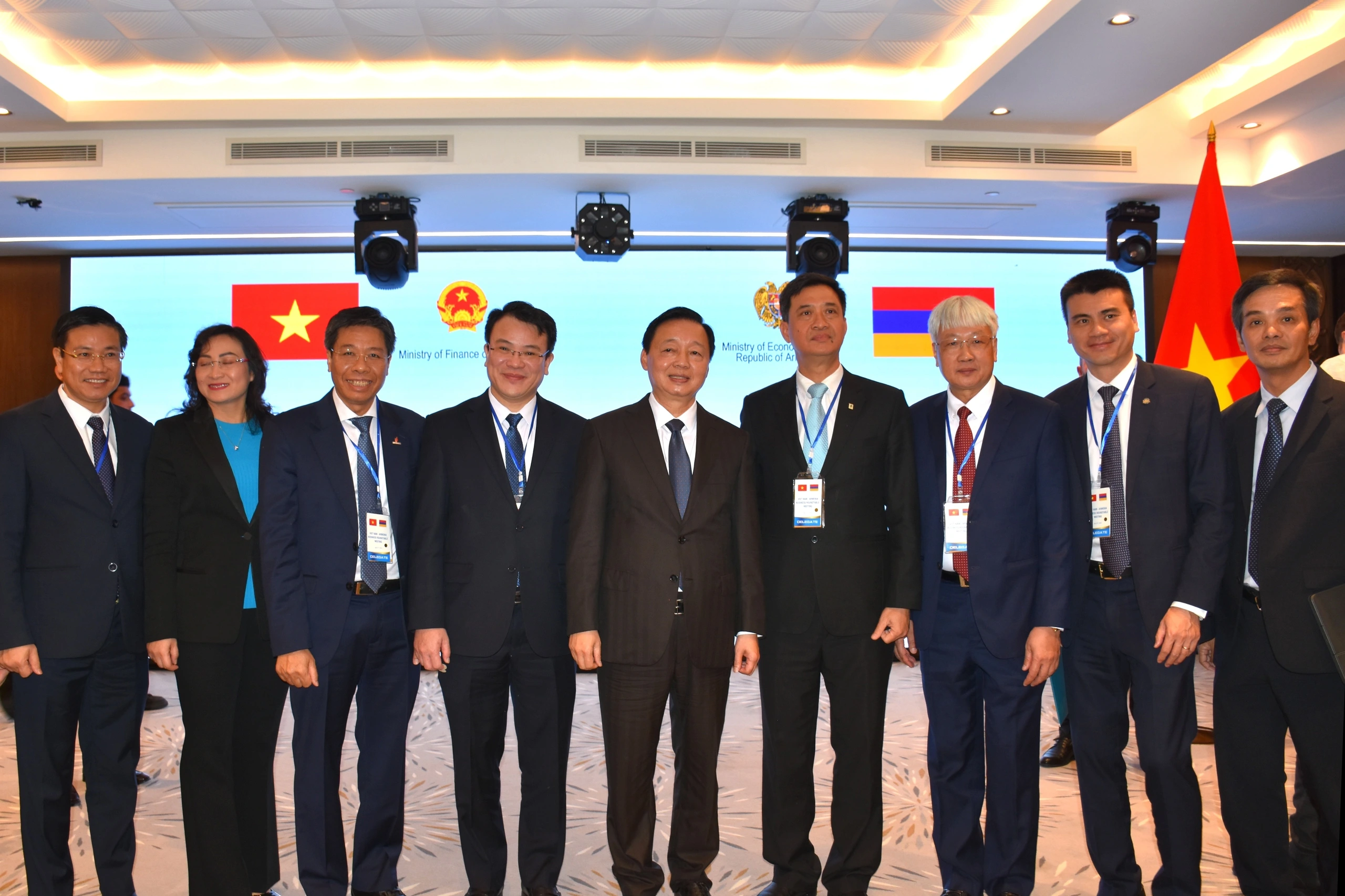
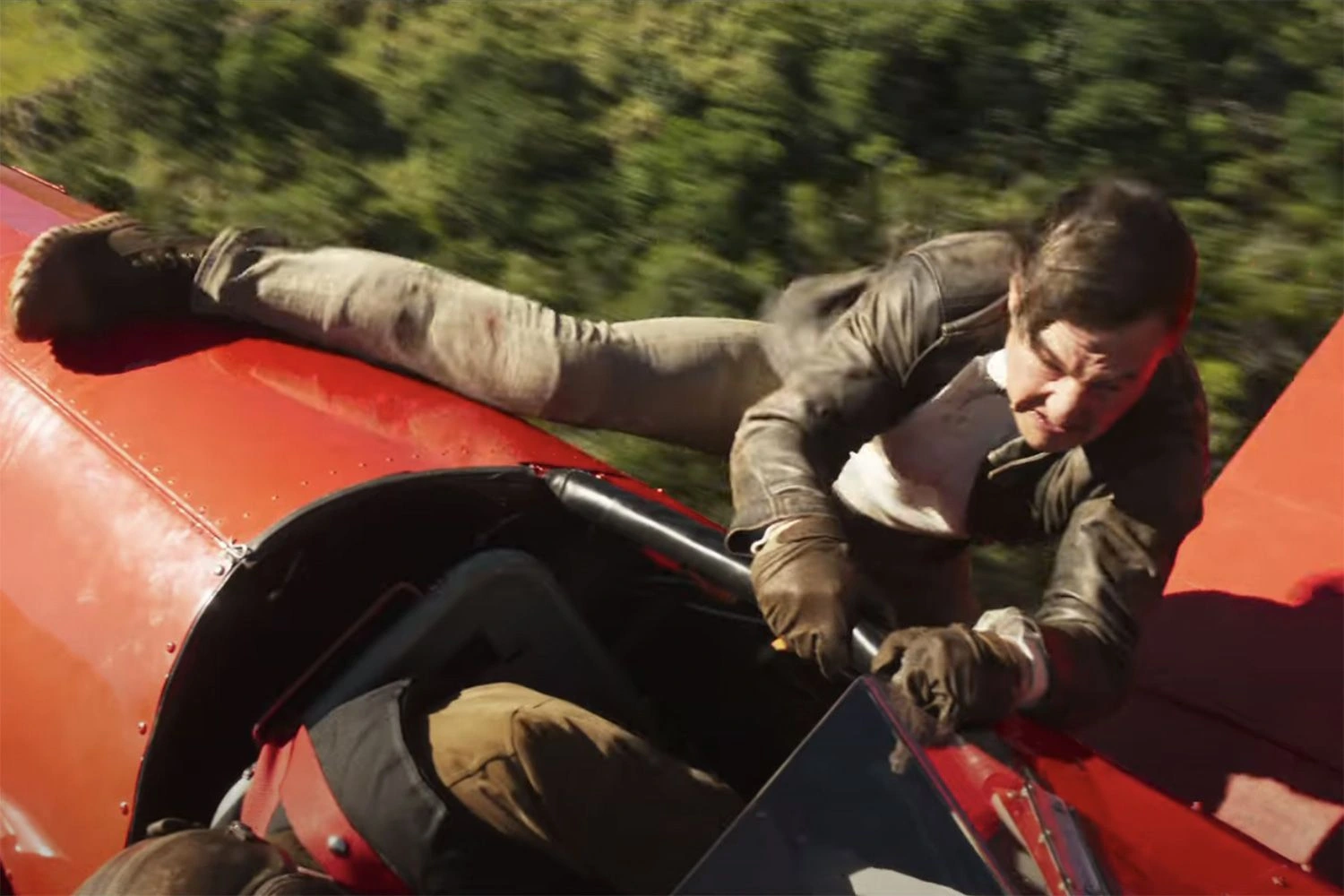


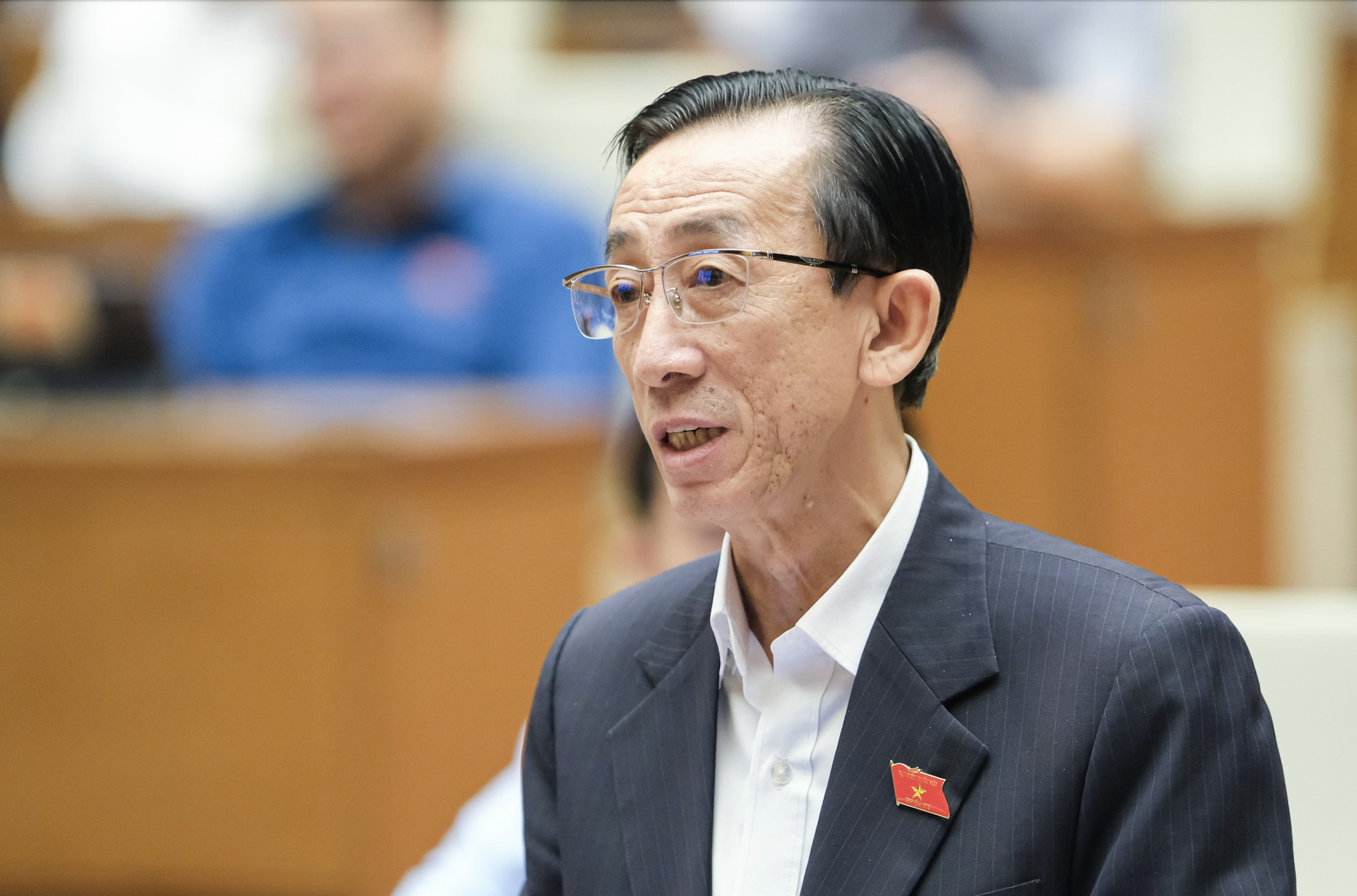




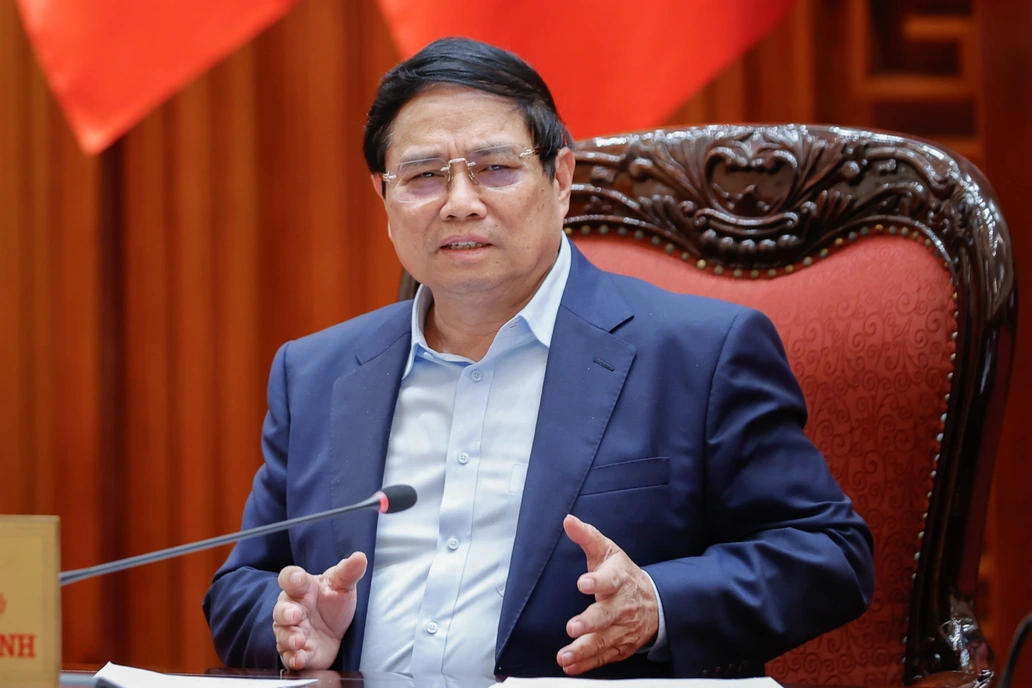










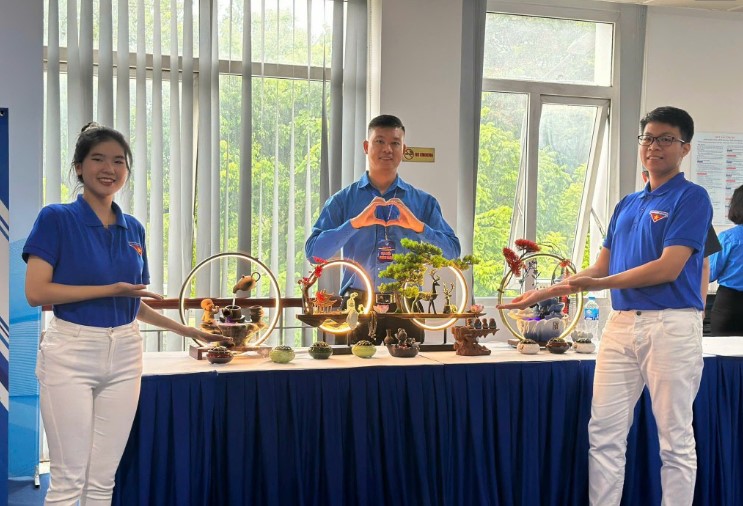
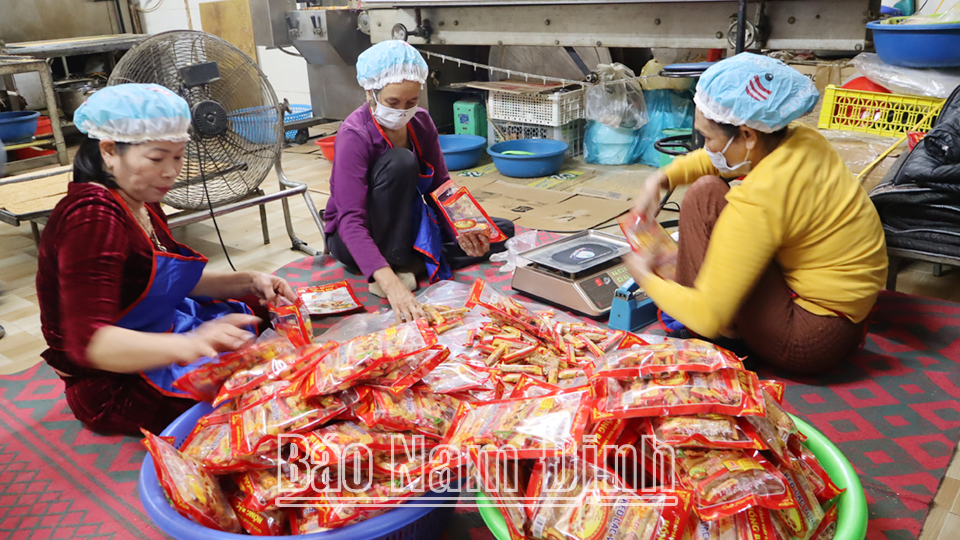





Comment (0)